| Structure | Name/CAS No. | Articles |
|---|---|---|
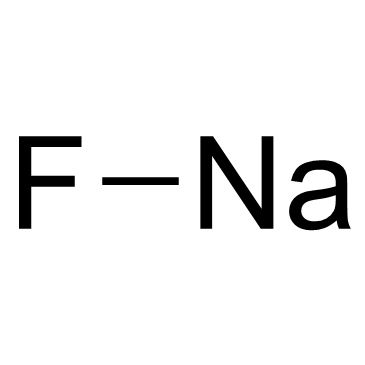 |
Sodium Fluoride
CAS:7681-49-4 |
|
 |
Sodium 2-oxopropanoate
CAS:113-24-6 |
|
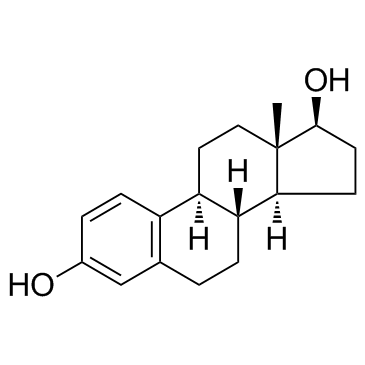 |
beta-Estradiol
CAS:50-28-2 |
|
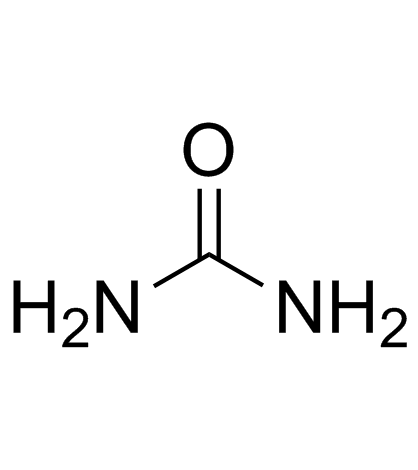 |
Urea
CAS:57-13-6 |
|
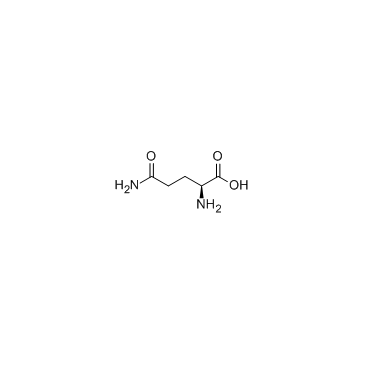 |
L-Glutamine
CAS:56-85-9 |
|
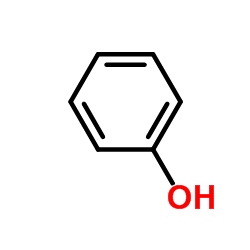 |
Phenol
CAS:108-95-2 |
|
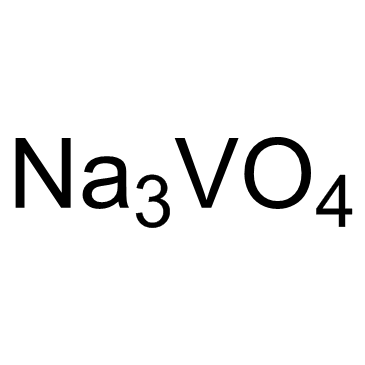 |
Sodium orthovanadate
CAS:13721-39-6 |
|
 |
Tamoxifen
CAS:10540-29-1 |
|
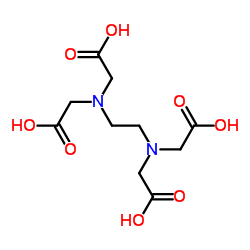 |
Ethylenediaminetetraacetic acid
CAS:60-00-4 |
|
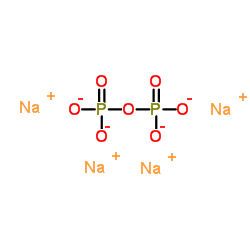 |
Tetrasodium pyrophosphate
CAS:7722-88-5 |